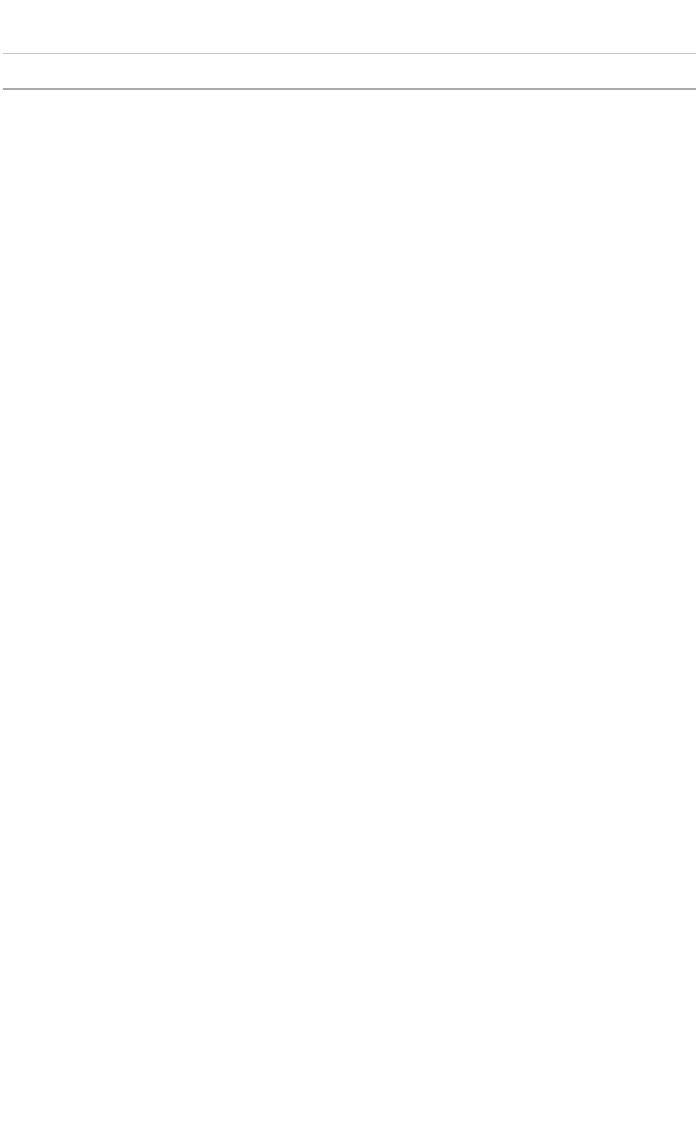Biology Reference
In-Depth Information
Table 7. rHuEPO pharmacokinetic parameters from a four-way cross-over study at 100 U/kg in
healthy volunteers (n = 9/group)
Route
Parameter (Units)
Epoetin alfa
Epoetin beta
IV
CL (mL/hr/kg)
8.12 (1.00)
7.94 (1.24)
t
1/2,z
(hr)
6.77 (2.71)
8.79 (2.19)
V
ss
(mL/kg)
63.8 (6.08)
70.0 (10.4)
SC
T
max
(hr)
15 (8)
15 (7)
C
max
(mU/mL)
141 (72.2)
131 (55.2)
t
1/2,z
(hr)
19.4 (10.7)
24.2 (11.2)
F (%)
31.9 (9.1)
32.7 (8.2)
Values presented as mean (SD). IV, intravenous; SC, subcutaneous [7].
Mechanisms of clearance
Despite the 20 years of clinical usage of rHuEPO, the exact mechanism(s) by
which it is cleared is largely unknown. Given the similarity in structure
between endogenous EPO and rHuEPO, it is highly likely that the clearance
mechanisms are similar, if not identical. Based on the clinical data wherein
higher clearance values were evident at lower doses, it is likely that there are
at least two clearance mechanisms, one of which is saturable. Veng-Pedersen
et al. [19] proposed that rHuEPO is cleared solely by nonlinear, saturable
mechanism(s). Kato et al. [54] demonstrated both a saturable and nonsaturable
component in rats. It is thought that the sialic acid residues serve to extend the
residence time of the protein in the circulation [55], helping to explain the
three-fold longer half-life of darbepoetin alfa relative to rHuEPO [56].
Role of kidney
Both preclinical and clinical data suggest that the kidney is not a major clear-
ance organ, at least for the intact protein. Steinberg et al. [57] demonstrated
that the clearance of rHuEPO in nephrectomized rats was unchanged relative
to controls. Fu et al. [58] obtained a 30% decrease in clearance in bilaterally
nephrectomized dogs compared with control animals; this finding may be con-
founded by the use of total counts for
125
I-labeled material that would not
account for any degradation products. Dinkelaar et al. [59] observed a prolon-
gation in plasma disappearance time in bilaterally nephrectomized rats com-
pared with control animals (266 min
versus
105 min). Kato et al. [54] sug-
gested that the kidney contributes, at least in part, to the nonsaturable clearance
of rHuEPO. Clinical studies, wherein urine samples were collected 24 to 48
hours post-dose, have indicated that <5% dose is recovered in its intact form
[14, 19, 34]. Flaharty et al. [14], however, found that renal clearance was













